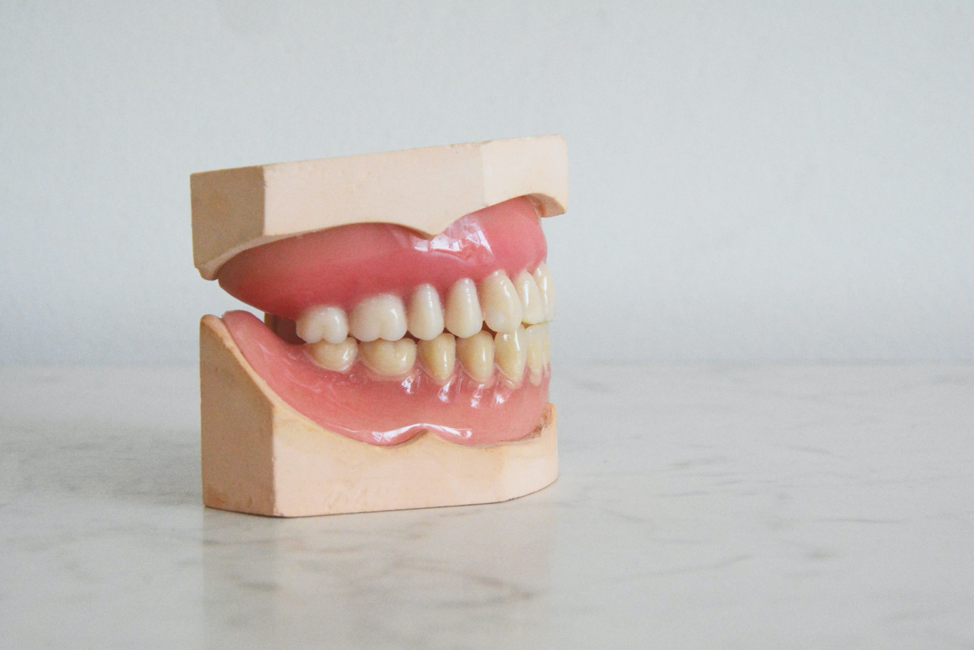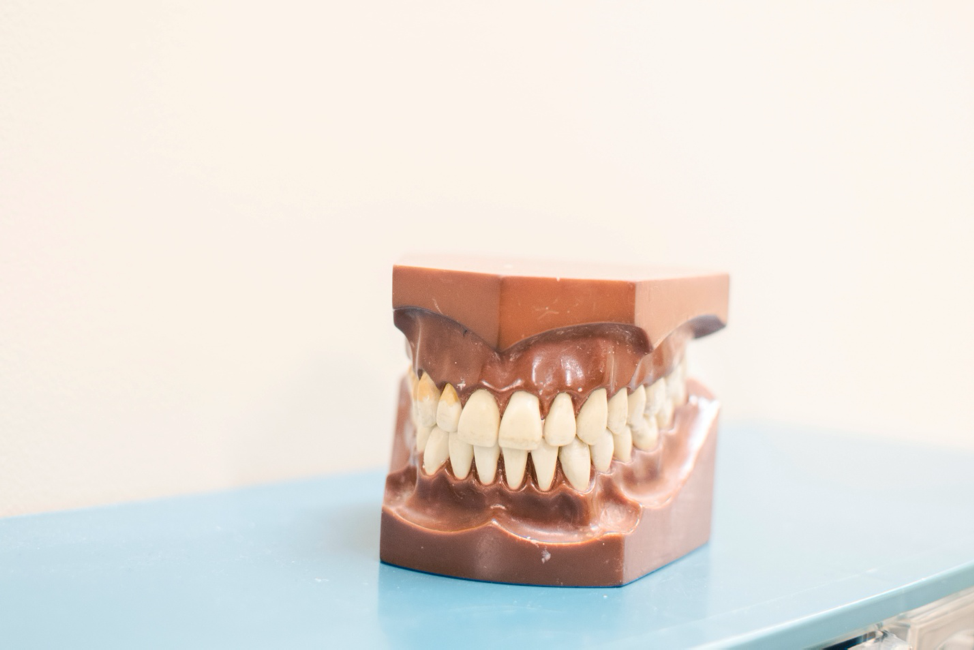What is the anatomy of the jaw and teeth? The anatomy of the teeth falls under the study of dental anatomy. Dentists and Endodontists need to have keen understanding of the anatomy of the jaw and teeth. Their field of study revolves around dental abnormalities, infections, deformities, structural problems and treatments. The professionals have extensive and detailed experience on the anatomy of jaw and teeth. However, it is important for you to have a general idea over this subject as well. Being better equipped with the necessary knowledge allows you to take better care of your oral health.
Anatomy of the Teeth
Humans and other mammals develop two sets of teeth. The first set of teeth are primary teeth that are of little babies. People also call them milk teeth; this is because they are milky white in color and much more sensitive and softer than adult teeth. The pre-mature set of teeth is short in numbers as well. The growth of the last four molar teeth in the premature set is uncertain. There are 20 primary teeth and 32 permanent teeth. Our teeth consist of different sets that include incisors, canines, molars and wisdom teeth.
Function
Your teeth’s main function is to bite, tear, and grind down food so that your gut can digest it more efficiently. The breaking down of food makes the digestion process much quicker and efficient so that makes chewing very important. Your teeth consist of different sets of tooth, each with its own unique function. The four teeth in the front are the incisors, their function is to bite, grab or cut. You use incisors to take a bite of an apple.
Following the central set of teeth are the pointy and sharp canines. These types of teeth are very distinctive among the carnivorous animals. According to the theory of evolution, humans evolved these teeth in order to rip and tear down raw flesh. In recent times, cooking might have made the canines less functional but you can still find them useful in many instances.
Finally we have the molars, the set of teeth that is most used by humans. These teeth are the primary choice of the chewing process, readily used to grind down the food particles in our mouth. The wisdom teeth are also a part of the molars. However, they are not functional in the chewing process. In some cases, a wisdom tooth will start to grow and cause pain in some people.
Anatomy of the Jaw
The human jaw consists of two sides, upper and lower jaw. The lower jaw is the mandible. The mandible is the only movable bone of the skull; it is also the most strongest bone in the human skeleton. The upper jaw is the maxilla. Jaws are the parts of the skull that holds the teeth in place. They are also responsible for the alignment of your facial structure. This alignment can directly affect speaking, breathing, chewing and even sleeping. This makes the jaws a very important framework for your face that can decide a lot about you.
Function
The upper jaw (maxilla) forms the roof of your palate. It holds the upper sets of teeth, forms the middle of your face and supports the nose. The lower jaw (mandible) is the bone that you can voluntarily move for speaking or eating. It supports the lower sets of teeth and forms the shape of the lower face and chin. This is the part of the mouth where our tongue rests. Together the jaws hold much of our soft tissues together like tongue, lips and gums. They form the structure of our face and make it possible for us to eat, speak and breathe. The temporomandibular joints (TMJs) located on the skull helps with the smooth mobility of the lower jaw.
Problems
Any deformities in the structure of the jaws can be very problematic. If you bite and both sets of your teeth fit perfectly together, your jaw placement is good. Problems arise when the jaws are asymmetrical. If the lower jaw is too far back, the chin appears weak and biting becomes uncomfortable. On the other hand, if the lower jaw is forward, there is an overlap of the teeth. Uneven jaws can be a cause of many problems, not only in appearance but also in breathing. The nasal passageway sits on top of the upper jaw, so upper jaw deformities can have adverse outcomes for someone.
Anatomy of the Jaw and Teeth: Conclusion
The jaws and teeth are interlinked to one another is various ways. Treating the teeth can require looking for abnormalities in the jaw and vice versa. It is important to know your own anatomy for a better self-diagnosis before you decide whether you need help from a professional.
If you have been contemplating dental issues related to the jaw or teeth, visit the offices of Dr Young Bui in New York, NY for expert and experienced consultation.



[…] Anatomy of the Jaw and Teeth […]
[…] Anatomy of the Jaw and Teeth […]
[…] layers make up a tooth, which include enamel, dentin, and pulp. Teeth are made of the most potent substances in your body. […]